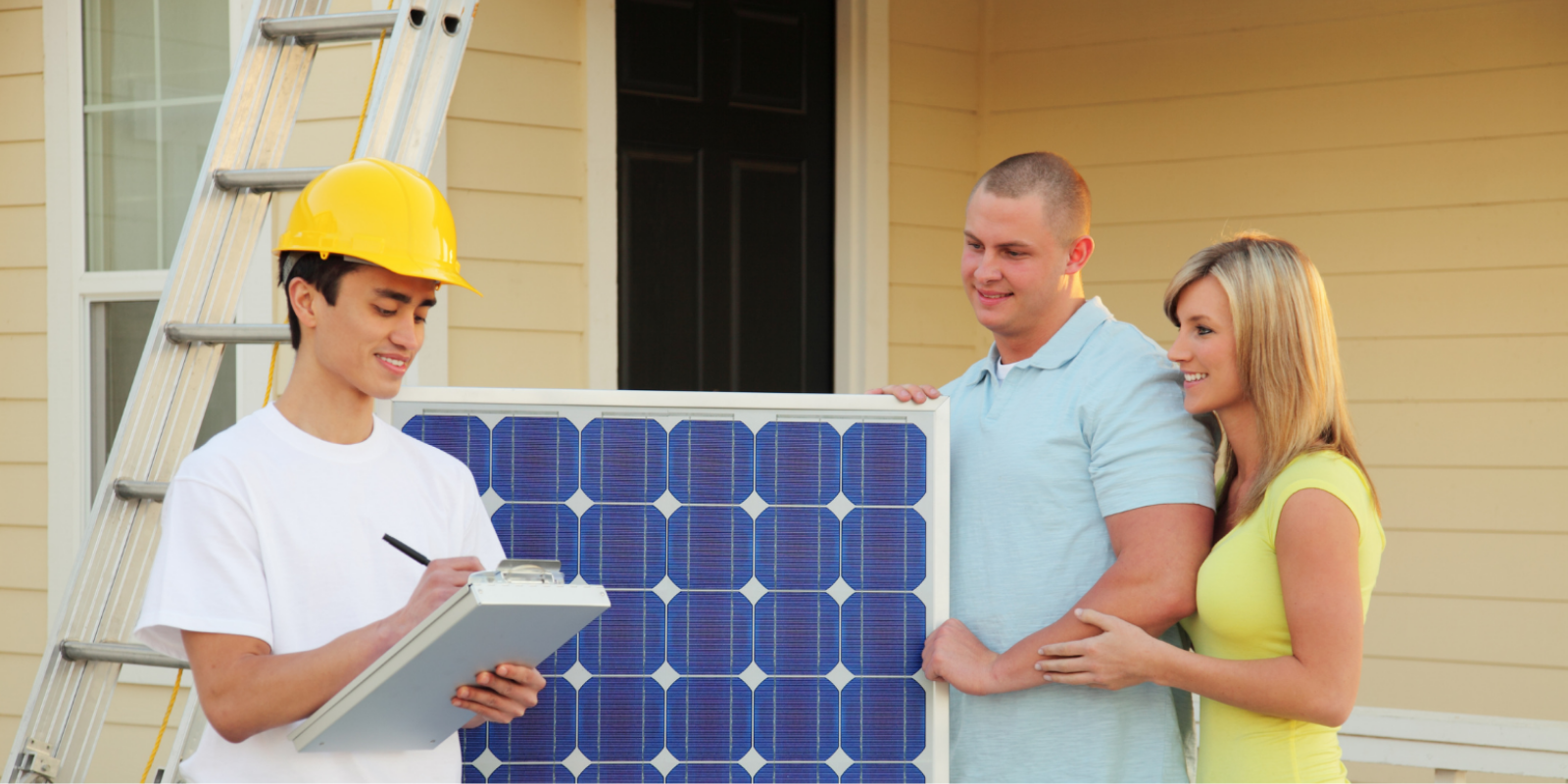Homes with high-performance features may receive a premium during residential real estate transactions – although significant barriers to full valuation remain. A 2015 study “What is Green Worth?” described several barriers in the marketplace that may prevent homeowners and builders, who have invested in energy efficiency during building or remodeling, from receiving the full value of their investments at the time of sale. The study states, “While [these] comparisons and conclusions clearly demonstrate that homebuyers are willing to pay more for high-performance homes, the multiple listing service, or MLS, does not adequately collect and showcase data on green features. In addition, the market is in need of real estate professionals with knowledge of green building principles and practices in order to better market high-performance homes.”
The study suggests that if buyers had access to a more comprehensive set of data in the MLS and if the real estate agents involved in the transaction understood the valuation process of high-performance home features, sellers may have had the opportunity to realize additional equity at the time of sale. As the demand for high-performance homes increases, the process for properly valuing high-performance homes such as zero energy, zero energy ready, and passive homes must keep up.
Builders dedicated to energy efficiency and real estate agents and appraisers that understand high-performance valuation are still in the minority of professionals, but they need to stand up for proper evaluations of these high-performance homes. Just as passive house builders must convince HVAC installers about the importance of using ASHRAE’s Manual-J to properly size heat pump systems, builders, real estate agents, lenders, and appraisers who are knowledgeable and competent when it comes to high-performance valuation must be relentless in advocating for all appraisers to use the Appraisal Institute’s Green Residential and Energy Efficient Addendum in the valuation process. This step is key to getting a full and fair valuation of energy-efficiency features and improvements.
Find a Green Certified Realtor
Also, it’s not always easy for homebuyers seeking to buy high-performance homes to recognize the difference between traditional builders and ones who have green building knowledge and experience. It’s also not always easy for high-performance builders or homeowners who are ready to sell a home with green features to recognize real estate agents who can adequately represent them — and the high performance assets they own — in the marketplace. So, a second key step for builders and homebuyers is to engage real estate agents who are trained to recognize the benefits and values of high performance homes and their features. Green-certified realtors have had such training and can benefit builders and homeowners seeking to sell their high performance homes and homebuyers who are seeking a genuinely high-performance home. You can use the Certified Green Realtor locator to find one near you.
A Big Question for High-Performance Home Sellers
The big question for builders and homeowners who are selling a high performance home is: Will homebuyers see the value of a super-insulated, energy-efficient home with solar PV and mechanical ventilation when a nearby standard new construction home is available for 20% less? If buyers saw the value of sustainability, would appraisers and lenders also?
To find out, I used two nearby townhouse developments, one standard, and one high performance, in a paired sales analysis that I published on my website. This paired sales analysis revealed a 22.7% price premium for the high-performance home. This can be largely credited to the educational process that we used to convey the value to buyers, their agents, appraisers, and lenders.
Three Documents Critical to Conveying the Value of High Performance
Three documents that proved critical to this process of successfully conveying the value of high-performance homes were (1) The Appraisal Institute’s Green Residential and Energy Efficient Addendum, which allows for the builder or homeowner to convey essential information about the sustainable features of a home in detail — an option not available using the standard appraisal form; (2) A letter from the National Association of Realtors website that can be used to request that a lender assign an appraiser qualified to evaluate high performance homes, along with advice for borrowers found in Ensuring a Qualified Appraisal for Your Home; and (3) the PV Value Tool, which qualified appraisers use to determine the contributory value of a solar PV system using the income approach to valuation.
These three documents and our educational process regarding the features and benefits of high-performance homes, typically used by green-certified realtors, were critical factors in successfully conveying the value of the high-performance home features to the buyers and their representatives. The process matters!
The original peer-reviewed article was published by Building Energy Magazine and is currently available by following this link.
ABOUT THE AUTHOR: Craig Foley is a leading national voice on sustainability in the real estate industry. Craig’s combination of real estate and energy management skills give him a unique perspective about sustainable energy solutions and subject matter expertise on greening the MLS, high-performance home valuation and marketing, and the impact of climate change on the real estate industry. He is a LEED Green Associate and the chief sustainability officer for LAER Realty Partners. As a real estate broker, he has sold several high-performance projects in and around Greater Boston. He is also the team co-founder of REthink39 Group. REthink39 is devoted to lowering the 39% of U.S. energy consumption attributed to the built environment and believes they can be part of a solution with every transaction closed.

